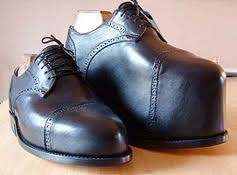The Fever In Children
An increase in body temperature is the natural way the body fight disease and infection and it is something that every child will experience at some point. See your little with fever can be stressful and generally agitadados, irritable and difficult to soothe. While slight fevers are a natural process and it is generally not serious in adults, it is important to note that even a small increase in the temperature of a child can indicate a serious underlying infection. In addition, fevers in infants and young children can become rapidly dangerous resulting in complications such as febrile convulsions if untreated. Your child fever management is therefore important, however, it should be noted that the cause of the fever is discovered and treated as soon as possible. Diagnosis of a fever the body’s normal temperature is approximately 98. 6 degrees Fahrenheit (37 0 C) and a fever is medically defined as rectal temperature greater than 100. 4 F or 38.
0 C. If you suspect that your child It has a fever then the safer and more accurate way of taking your child’s temperature is orally or rectally with a digital thermometer. Oral readings are less accurate the younger the child and are unsuitable for children under the age of 1 year. Taking your child rectal temperature, cover the tip of the thermometer with petroleum jelly and insert half an inch of the thermometer into the rectum, and take the time required before checking the temperature. Oral temperatures should be taken by placing the thermometer under lenguea it. For later use, always clean the fresh soapy water or with surgical alcohol thermometer. Call to your doctor if your child has a higher temperature of 102 degrees and is not responding to medication or treatment. As babies are at a higher risk for complications, it is always advisable to consult your child’s pediatrician if your child under 12 months has a fever over 100 degrees Fahrenheit.
